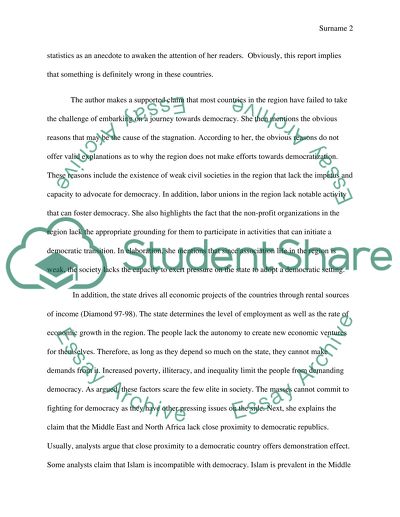Cite this document
(“The Robustness of Authoritarianism in the Middle East Essay”, n.d.)
The Robustness of Authoritarianism in the Middle East Essay. Retrieved from https://studentshare.org/history/1446280-causal-analysis-of-article-provided-on
The Robustness of Authoritarianism in the Middle East Essay. Retrieved from https://studentshare.org/history/1446280-causal-analysis-of-article-provided-on
(The Robustness of Authoritarianism in the Middle East Essay)
The Robustness of Authoritarianism in the Middle East Essay. https://studentshare.org/history/1446280-causal-analysis-of-article-provided-on.
The Robustness of Authoritarianism in the Middle East Essay. https://studentshare.org/history/1446280-causal-analysis-of-article-provided-on.
“The Robustness of Authoritarianism in the Middle East Essay”, n.d. https://studentshare.org/history/1446280-causal-analysis-of-article-provided-on.


